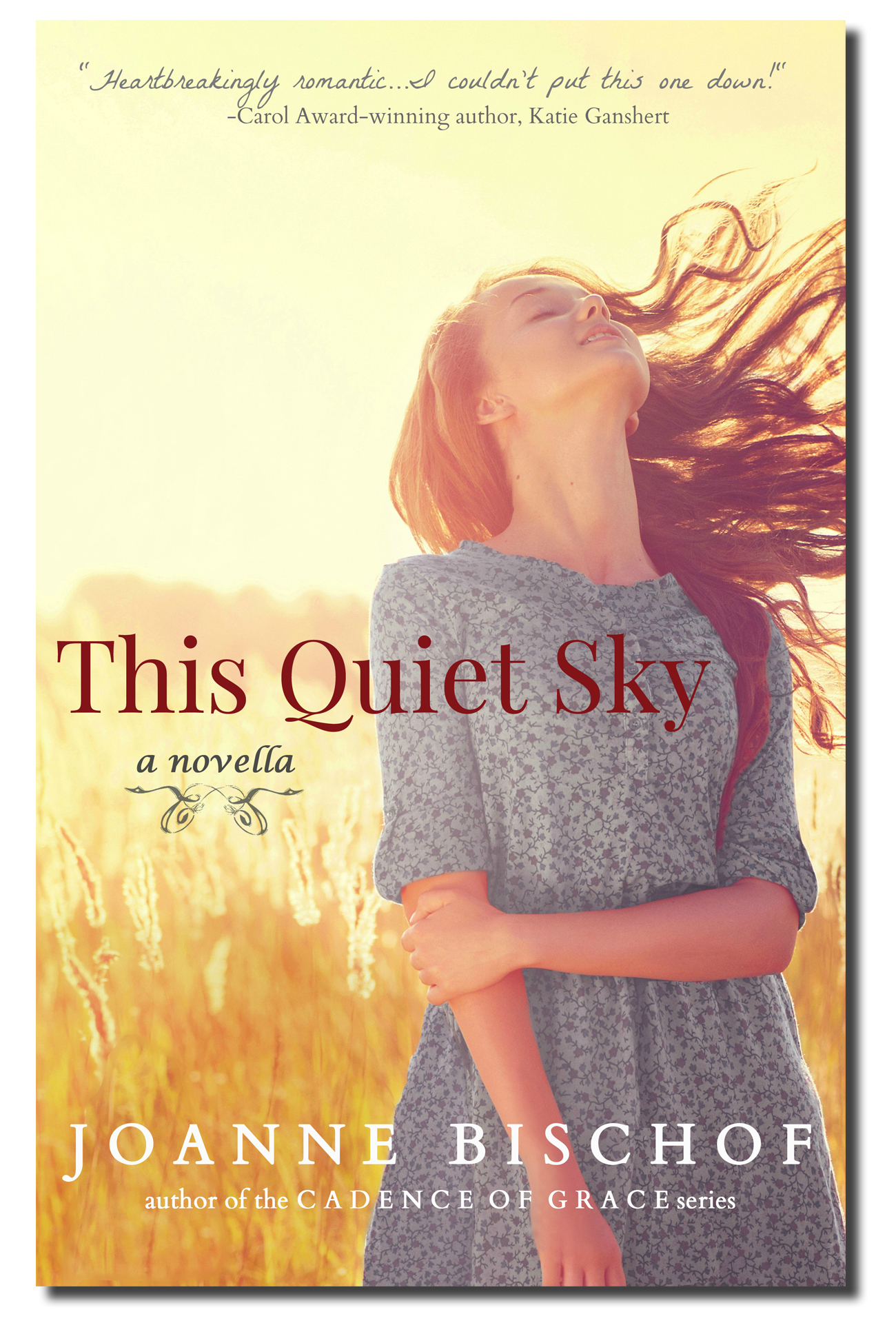Getting Started with Novellas
 BLOGGER: JOANNE BISCHOF
BLOGGER: JOANNE BISCHOF
Joanne Bischof will serve as a fiction mentor in the Pre-Conference Next Level Clinic, teach an Afternoon Workshop, and serve on the Critique Team at the 2016 Mount Hermon Christian Writers’ Conference.
GETTING STARTED WITH NOVELLAS
Though they are short, novellas are no simple thing to write. Yet they sometimes take on a bad rap of being too short, sweet, and simple. Today I want to share some tools that we can use to make these stories complex. It’s my belief that readers can be moved by a 300 page novel or a ten page short story. Basically, there’s an art to writing novellas, one that is somewhat different than full length works.
As the author of two novellas, one both a Christy and Carol Award finalist, I’m here to share with you a few of my must-haves for short fiction. So let’s get started!
Write tight, then write tighter
By writing tight, this gives you the word count to fit more into your novella. If it takes you one sentence to explain that the hero doesn’t like pie and two sentences to explain why he’s opposed to this flaky desert, why not try arranging all of that into one brief sentence? Maybe there’s an unexpected way you can phrase things that not only makes the description tight, but also intriguing. (For an example of this, see tip #3)
A great way to practice writing tight is by summarizing your fiction. Write a really, really strong synopsis. Then a really, really strong paragraph summary. If you can write an excellent one sentence pitch, you’re not only writing tight, you’re writing tighter. This is a key skill for fiction with limited word count. If you can express yourself eloquently in fifty words, then when given 30,000 – you’ll feel like you have tons of space to tell your story! I find that the more I practice writing tight, the bigger novellas feel. And most importantly, we can pass that feeling along to readers.
Keep things simple – but poignant
Chances are, your novella isn’t going to be a sweeping saga. I’m sure we can all agree that there just isn’t room. But what I find is that writers sometimes think that equates to telling a short and simple story with a basic beginning, middle, and end. I believe a strong novella needs to focus on the contrary – keep it simple but poignant by telling a portion of a sweeping saga. Elude to what comes before, elude to what may come after, and simply pluck out the most interesting section of a grand tale to suit your novella. Basically, you are giving readers a glimpse into a broader tale. There’s an art to this and it may take practice. Give your novella the respect of a novel. Treat it as profound and readers will walk away feeling like you’ve given them something really special.
Multi task
Many things in a novella will need to serve double and even triple duty. If you need to have a minor character in the story—perhaps a school teacher—also utilize them as a tool that can aid your character in his or her arc. Don’t just let that character be one-dimensional. That way, when the reader reaches the end, they look back and realize that much more was at hand then they initially realized. This can apply to many different parts of your story. Give each element as many dimensions as possible (while keeping things natural).
This can also apply to dialogue. Let your dialogue pack as much punch as possible. Let’s draw on the above example of our hero not liking pie. Here are two of the ways it could be written:
“I don’t like pie,” he said.
Or to mutli-task you could say this:
“I haven’t eaten pie since I took one in the face for the school fundraiser last fall.”
In the second example, we’ve informed the reader that not only does he not like pie, but we’ve given them a glimpse into his past. A chance to learn something about his character: he volunteered his time—and his face—for charity! I don’t know about you, but that makes me like him more. This fundraiser doesn’t need to be a part of the novella, better yet if it’s not because we can utilize the limited word count to keep moving forward, but in those few words…something bigger was accomplished.
So those are a few of the tools I like to use for writing short fiction, but there are also many more.
Do you read novellas? Have you written a novella? What are some ideas that you have for making short fiction really stand out?
_________________
Come meet Joanne Bischof at the Mount Hermon Christian Writers’ Conference, March 16-22, 2016.




